| Label:
|
Ed. Kruspe Erfurt Made in Germany |
|
|
Model:
|
Horner | |
|
Serial Number:
|
2405 | |
|
Date of Manufacture:
|
1936 | |
|
Key(s):
|
F, B♭ | |
|
Valves:
|
4 rotary | |
|
Bore:
|
1.19 cm. | |
|
Bell Flare:
|
garland | |
|
Bell Throat:
|
approx. 7.3 cm. | |
|
Bell Diameter:
|
31.0 cm | |
|
Base Metal:
|
nickel-silver | |
|
Finish:
|
unlacquered | |
| . (clck on photos for larger view)
|
||
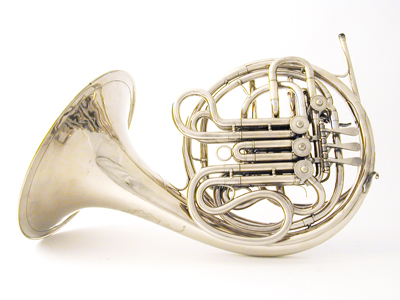
|
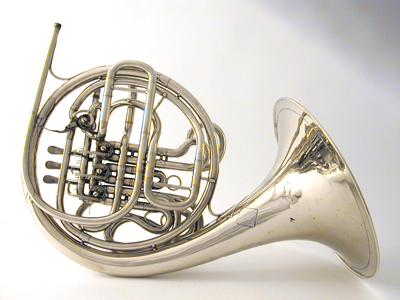 |
|
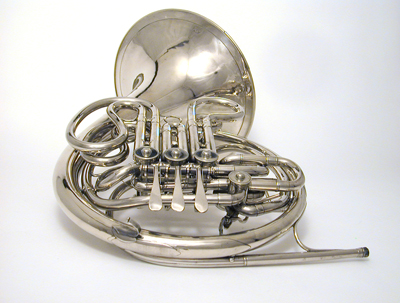 |
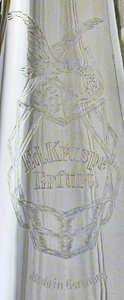 |
|
The firm of Ed. Kruspe was established in Erfurt, Germany in 1864 by Johann Eduard Kruspe (1831-1919?), elder son of Carl Kruspe (1808 - 1885). Carl Kruspe had established his workshop originally in Mühlhausen in Thüringen (1829 - 1836) then Erfurt (1836 - after 1930) for the manufacture of brass and woodwind instruments. Rather than going into business with his father, Eduard established his own workshop as successor to Carl Zielsdorf. In 1893 the firm was turned over to Eduard's son Fritz Kruspe (ca. 1862 - 1909) who continued the business under his father's name. In 1897, in collaboration with Edmund Gumpert (nephew of Friedrich Gumpert), Fritz Kruspe built the earliest true double horn with tandem rotary change valves. (For further information see John Ericson's excellent article on the development of the double horn.) |
||
In a letter to Osbourne McConathy dated
July 3, 1956, Anton Horner described the development of
the Kruspe "Horner Modell" horn:
To go a little farther with the development of the double horn, I must tell you that in 1900 I was engaged to go to the Paris Exposition, and to tour Europe with Sousa's Band... So even in Berlin, my reputation had spread, and Schmidt, the horn maker, who was first in Weimar, and now had his factory in Berlin, came to talk to me. He had invented a new B valve for a double horn, but could not decide what kind of mouthpiece tube was best for his new instrument. He asked me to come to his factory to help him decide. I went to his place, and after long trials of several mouthpiece tubes, I approved of one which he used on his first instruments in F an B. His B valve was a piston, like on a cornet, which I found very awkward to operate with the thumb. |
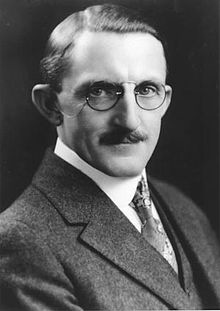 Anton Horner (1877 - 1971) 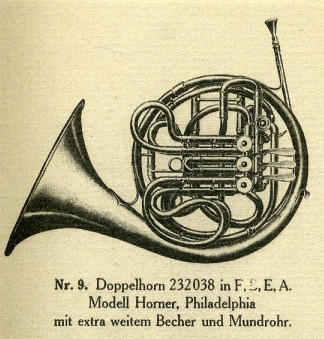 ca. 1933 Kruspe Catalog 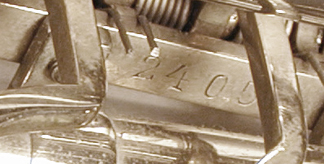 Serial Number 2405 on the Valve Key Saddle |
|
The catalog description (above, right), mentions that the horn is pitched in F, B, A, and E. The latter two keys are achieved by an auxiliary tuning slide supplied with the horn. In the photo at the right two versions of the slide are shown, one in brass and the other nickel-silver, the one which was presumably included with this horn. |
 Mason Jones' Collection |
|
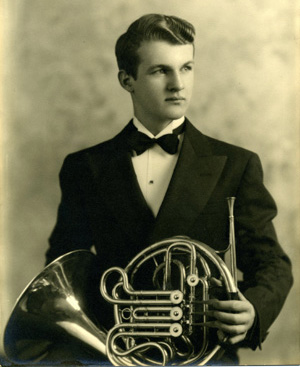 Mason Jones (1919 - 2009) with his new Kruspe 2405 ca. 1938 |
Anton Horner imported and sold "Horner Model" horns until the outbreak of World War II. On September 18, 1936, he returned to Philadelphia from a trip to Germany and quite probably had with him two horns, including serial number 2405. That same year, seventeen-year-old Mason Jones entered The Curtis Institute of Music to study with Horner. While in high school in Hamilton, New York, Mr. Jones had been playing on a brass Kruspe horn borrowed from Colgate University, where his father was Professor of Romance Languages. Now in need of a horn of his own for his studies at Curtis, his father bought him Serial Number 2405 from Horner for $350. Two years later without graduating from Curtis, Mr. Jones joined the Philadelphia Orchestra, sitting next to his teacher, Anton Horner. Like his teacher he would use the same horn (which he always called "Number One") day in and day out for the rest of his career. |
|
|
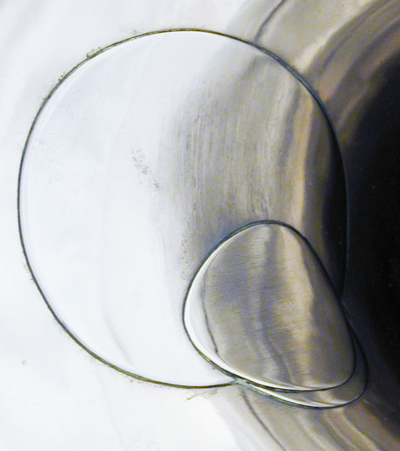 |
|
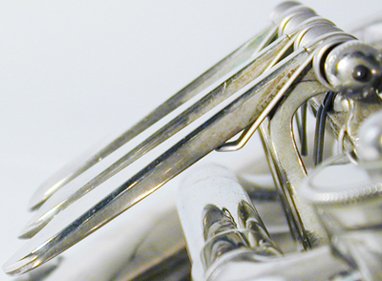 The valve keys had become so worn that inlays were fitted sometime in the course of Mr. Jones' forty-plus year career. (Click for a larger view, and note the seams of the inlays.) By the end of his career, the inlays themselves had also become worn through. (See below, right.) |
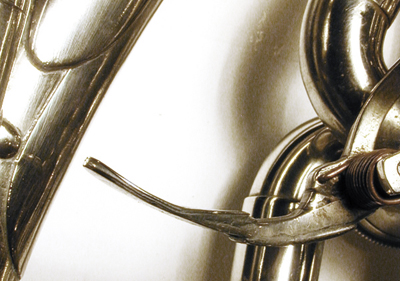
The thumb key has also been patched in several places, making it somewhat uncomfortable to play. Note also the patches on the bell tail, even though it had been covered with a hand guard. |
|
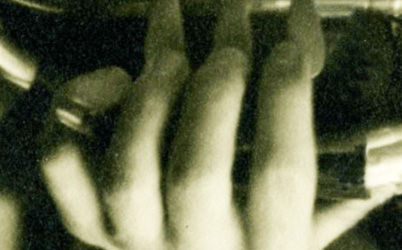 (detail from above ca.1938 photo) |
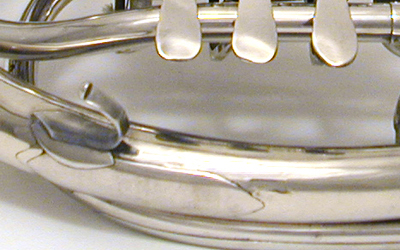 |
|
Compare the consistency of Mr. Jones' finger placement in 1938 with the wear on the valve keys after over forty years of playing. Note also the patches around the pinky hook and on the bell tail even though they were protected by a plastic hand guard. |
||
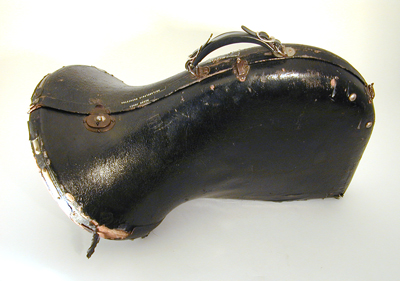 |
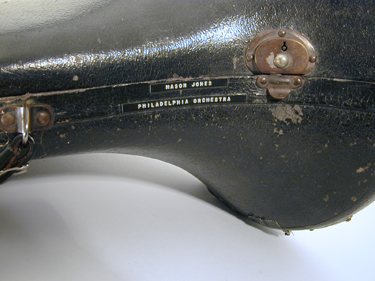 |
|
One family member remarked that at one point the Orchestra suggested that Mr. Jones might get a new case for the horn. I don't see why, do you? |
||